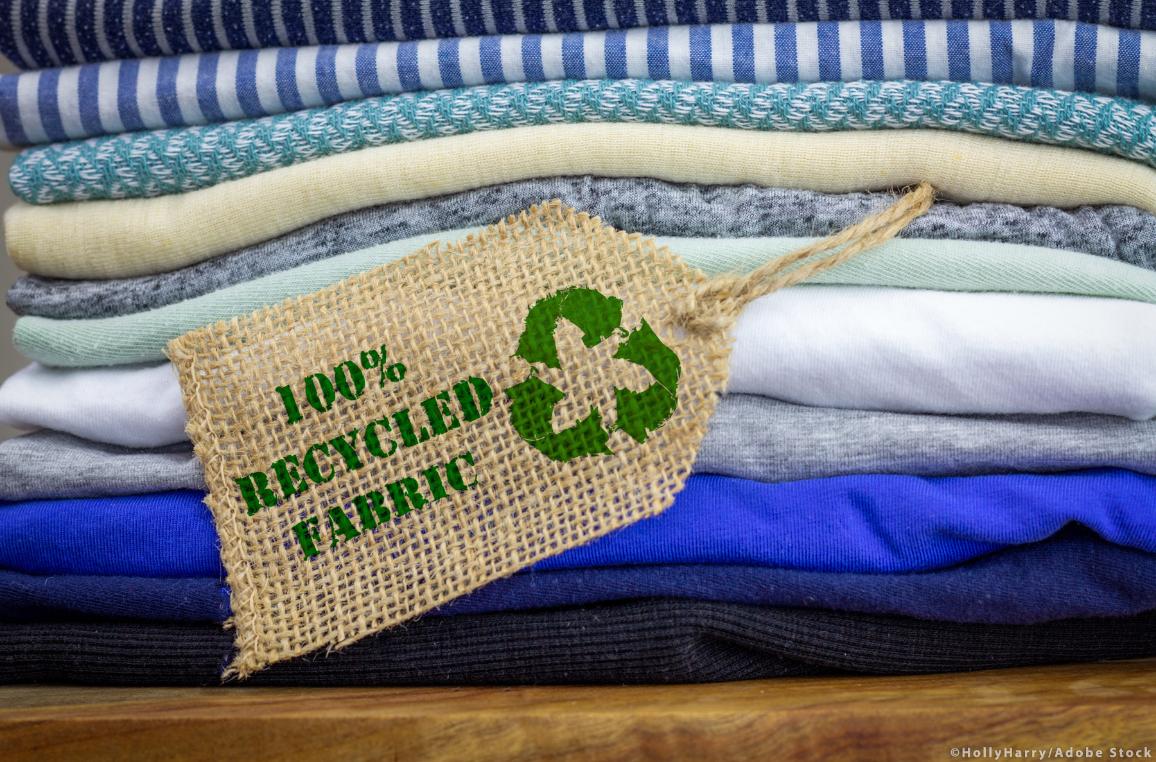
ECONOMÍA CIRCULAR PARA 2050
La UE tiene como objetivo alcanzar una economía circular para 2050. Para ello, ha elaborado un Plan de Acción de Economía Circular con medidas adicionales para reducir los residuos y promover productos sostenibles.
Se entiende por economía circular al modelo de producción y consumo que implica compartir, alquilar, reutilizar, reparar, renovar y reciclar materiales y productos existentes todas las veces que se posible para crear un valor añadido y extender así, el ciclo de la vida de los productos.
En línea con el objetivo de la neutralidad climática de la UE para 2050, en virtud del Pacto Verde, la Comisión Europea propuso, en marzo de 2022, el primer paquete de medidas para acelerar el objetivo de lograr una economía circular. Todas estas medidas se recogen en el Plan de Acción de Economía Circular. Estas propuestas se basan en el impulso a los productos sostenibles, capacitar a los consumidores de cara a la transición ecológica, la revisión de la normativa sobre productos de construcción y una estrategia sobre textiles sostenibles.
La UE entiende que la tanto la circularidad como la sostenibilidad deben incorporarse en todas las etapas de valor para lograr una economía totalmente circular, poniendo el foco especialmente en los siguientes campos:
- Plásticos: se pretende eliminar gradualmente el uso de los microplásticos.
- Textiles: el objetivo es tanto el ahorro de agua, como luchar contra la pérdida de microfibras y promover la reutilización de prendas.
- Electrónica y TIC: con este tipo de productos, se promueve una vida más útil de los mismos mediante la reutilización y la reparabilidad.
- Alimentos, agua y nutrientes: se persigue la pérdida o desperdicio de alimentos, en el marco de la “Estrategia de la granja a la mesa”.
- Embalaje: se pretende trabajar en la revisión de las normas sobre envases y sus residuos.
- Baterías y vehículos: el mercado de la UE persigue una huella más baja en carbono y que respeten los derechos humanos, estándares sociales y ecológicos.
- Construcción y edificaciones: se pide que se aumente la vida útil de los edificios junto con la reducción de la huella de carbono con respecto los materiales de construcción y eficiencia energética.
- Gestión de residuos y transporte: el objetivo, en este caso, es la eliminación de todo tipo de residuos que pueden llegar a generar.
Haz click aquí para obtener más información sobre cada uno de los campos y las soluciones planteadas por la UE.
__
The EU aims to achieve a circular economy by 2050. To this end, it has developed a Circular Economy Action Plan with additional measures to reduce waste and promote sustainable products.
The circular economy is understood as a production and consumption model that involves sharing, renting, reusing, repairing, renewing and recycling existing materials and products as often as possible to create added value and thus extend the life cycle of products.
In line with the EU’s goal of climate neutrality by 2050, under the Green Deal, the European Commission proposed, in March 2022, the first package of measures to accelerate the goal of achieving a circular economy. All these measures are set out in the Circular Economy Action Plan. These proposals are based on the promotion of sustainable products, empowering consumers for the green transition, the revision of the regulation on construction products and a strategy on sustainable textiles.
The EU understands that both circularity and sustainability must be mainstreamed at all value stages to achieve a fully circular economy, with a particular focus on the following areas:
– Plastics: the aim is to phase out the use of microplastics.
– Textiles: the aim is both to save water and to combat the loss of microfibres and promote the reuse of garments.
– Electronics and ICT: with this type of products, a longer life span is promoted through reuse and repairability.
– Food, water and nutrients: the aim is to tackle food loss or waste, within the framework of the “Farm to Fork Strategy”.
– Packaging: the aim is to work on the revision of packaging standards and packaging waste.
– Batteries and vehicles: the EU market is pursuing a lower carbon footprint and respecting human rights, social and ecological standards.
– Construction and buildings: the call is for an increase in the lifetime of buildings along with the reduction of the carbon footprint with respect to building materials and energy efficiency.
– Waste management and transport: the objective, in this case, is the elimination of all types of waste that may be generated.
Click here for more information on each of the fields and the solutions proposed by the EU.
__
